She has written several times in the past for Dr. Bickmore's YA Wednesday. Her posts are always interesting and you can find one on Art and YA literature here and another one YA literature and Critical Collaboration here. As always, I hope you browse the contributor page, there are many great post on that page. This week, Angela discusses YA Film.
Thanks Angela.
YA Film: Reading and Resisting Readings of Adolescence by Angela Insenga
--J.D. Salinger, The Catcher in the Rye (1951)
I still teach “conventional” YA (no worries!), but I do so in much the same way as I approach the films, encouraging via Inquiry both active reading and active resistance to adolescent representation as a part of the process.
Thanks Angela. Angela can be contacted at [email protected].
Until next week.
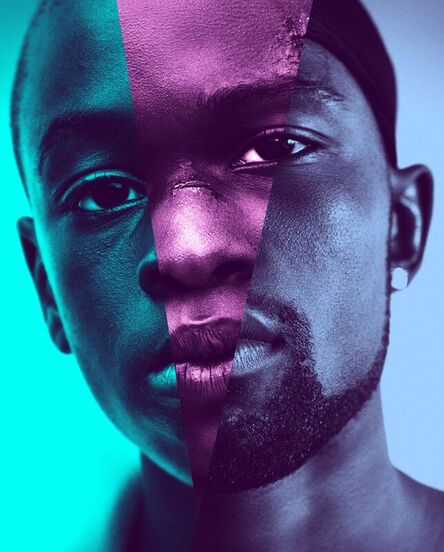
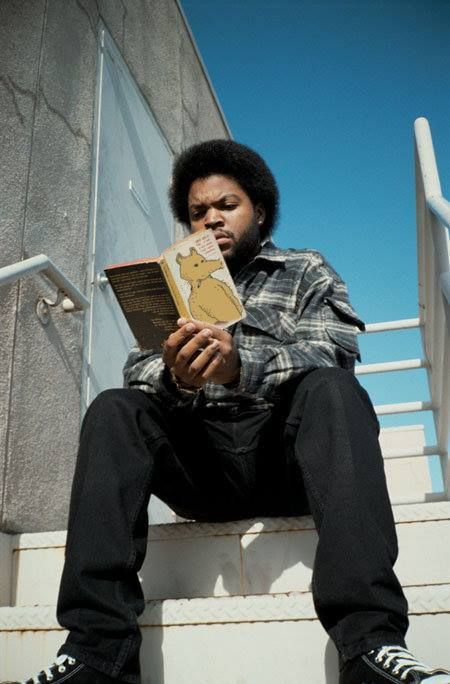
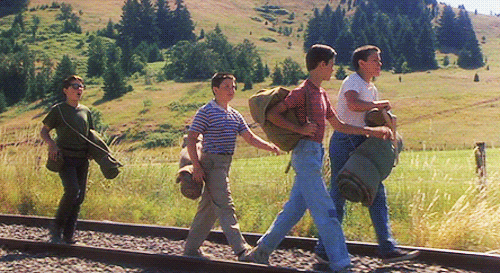
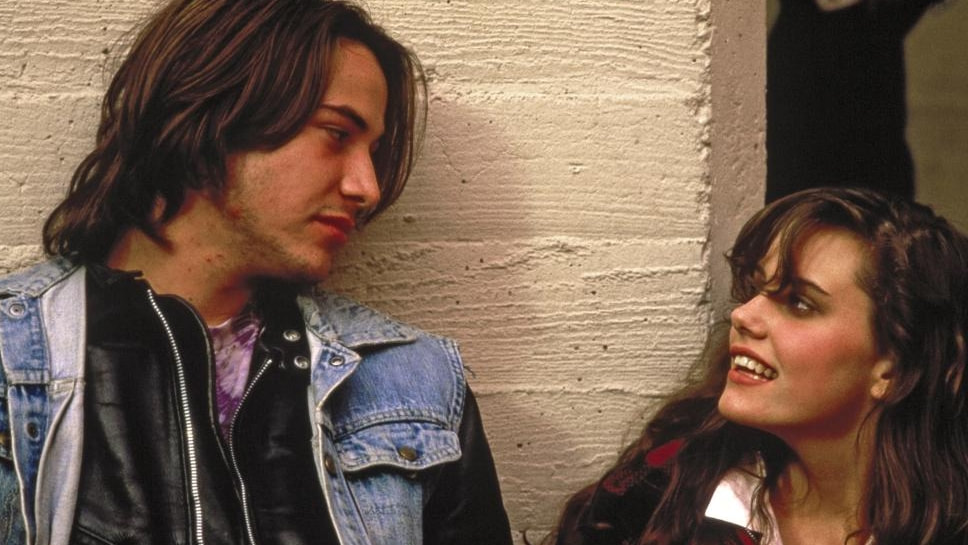
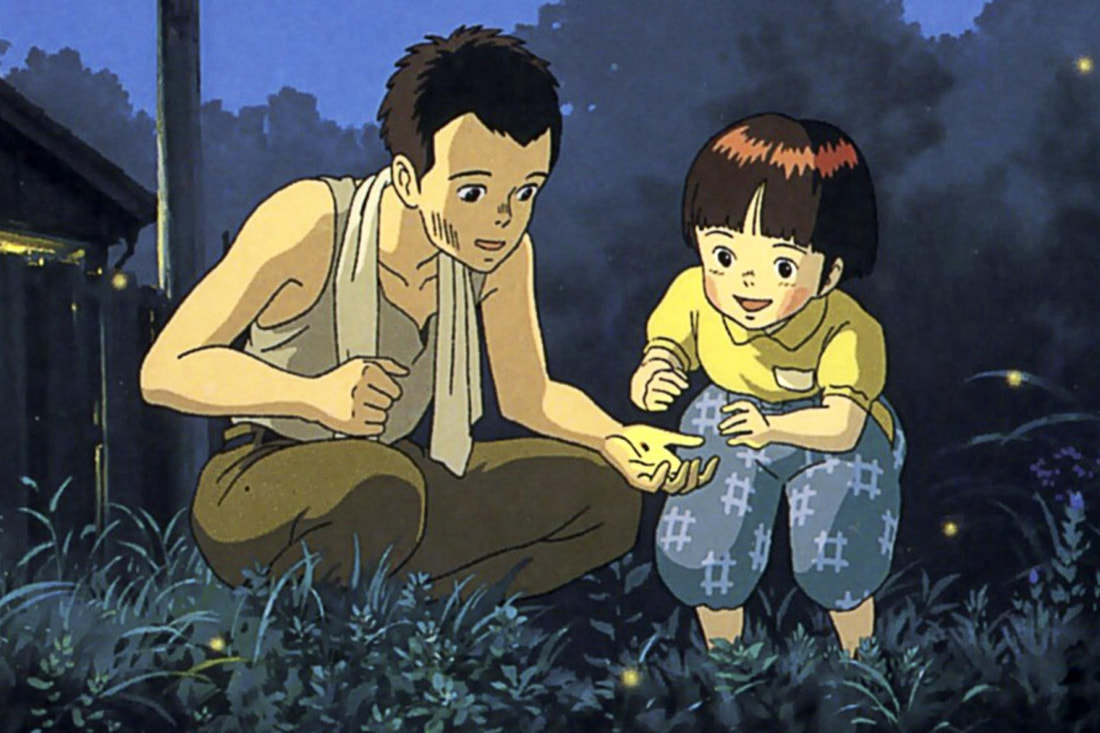

 RSS Feed
RSS Feed